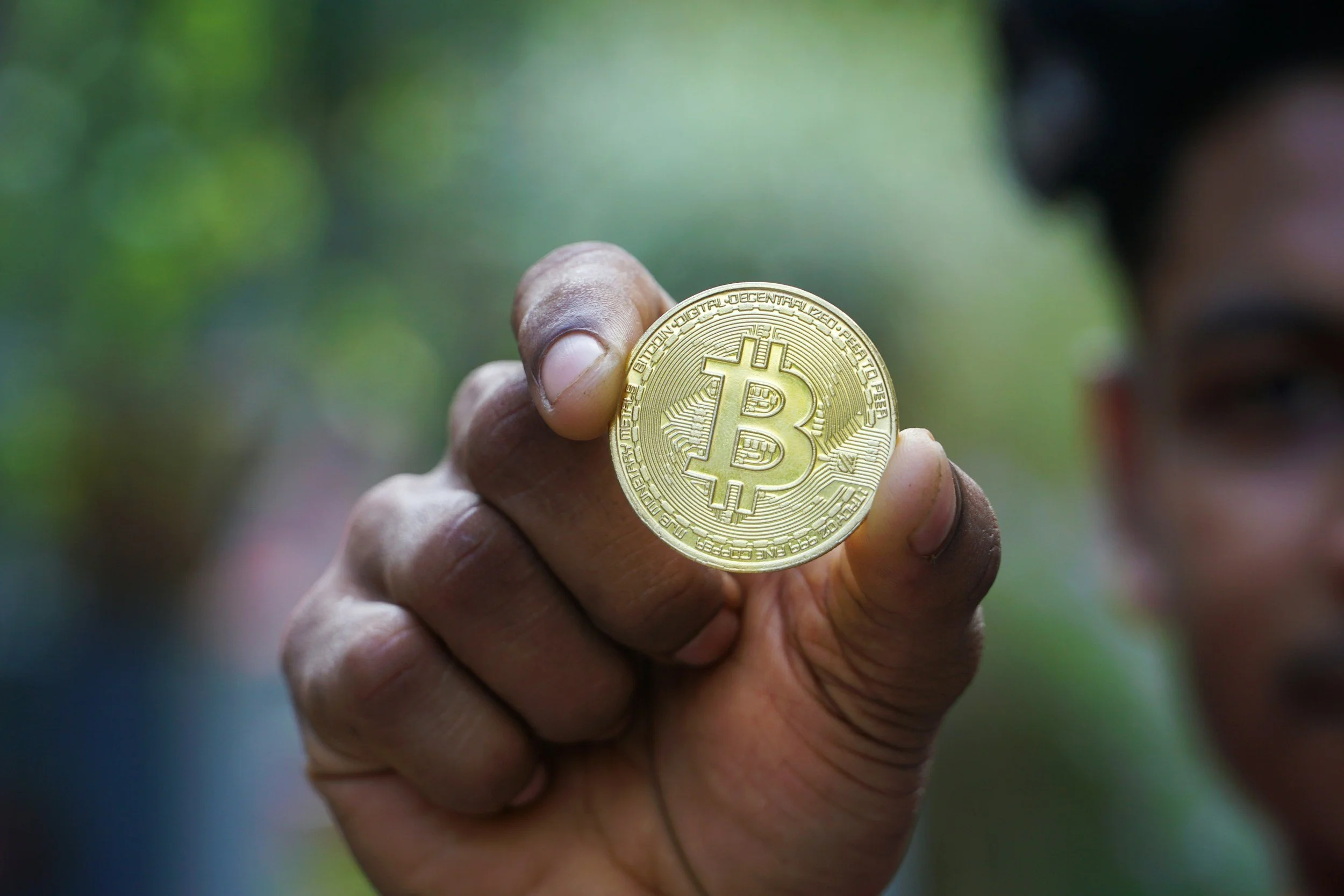In today’s fast-paced digital landscape, the importance of using a secure crypto wallet cannot be overstated. As cryptocurrencies’ value increases, so does the demand for solutions that can protect these digital assets, and crypto wallets play a significant role in helping users store and safely receive crypto. They are made of two main parts: a public address, which acts like a bank account number, and a private key, which can be compared to an ATM PIN. Just as the name suggests, the public address can be seen by anyone and is used to acquire funds. On the other hand, a private key is only known to a single user, and its purpose is to authorize ongoing transactions. Whether you’re a crypto trader or an enthusiast, understanding the different types of crypto wallets is essential for a smooth trading journey. Essentially, traders and enthusiasts use two common crypto wallets: hot wallets and cold wallets.
While the former is connected to the internet, the latter is used offline and can be accessed through physical devices. The two storage solutions offer access to digital funds, but they differ in terms of security levels and user experience, which can be two factors worth considering when choosing the best option for you. Ultimately, it’s essential to remember that finding the right wallet is a matter of personal choice and depends solely on your needs. After checking BTC price prediction and buying it on a crypto exchange, it’s of the utmost importance to figure out how you will store your funds – this isn’t an aspect you should overlook given that you’re the one who’s in control of your crypto. Everything you do – or don’t do – will end up impacting your success. In this blog, we will look at the differences between a hot wallet and a cold wallet so you can make an informed decision, so read on!
Cold wallet vs Hot wallet: What are the main differences?
As mentioned previously, a cold wallet stores your private keys offline, which makes it more challenging for bad actors to access your digital assets. These wallets were initially called cold storage wallets, and they are real hardware devices in the form of USB sticks that cost around $50 to $200. Cold storage wallets include paper wallets and hardware wallets, and they are the best alternative if you’re looking to store your digital assets for a longer period of time, as they are more dependable and safer than an online wallet or an exchange, which is more susceptible to cyber threats.
On the other hand, a hot wallet is software you install on your laptop or mobile device, which you can safeguard by setting a password that helps ensure no one can access your crypto funds. Hot wallets act similarly to cold storage wallets, except for the fact that they are connected to the Internet, storing the private keys digitally. Users find hot wallets appealing mainly due to their ease of use, as they offer a seamless way of entering the crypto space. Unfortunately, this user-friendliness comes at a considerable trade-off, as hot wallets tend to be riskier than cold wallets due to their online nature. Connected devices can easily become targets for cybercriminals, as they can access private keys remotely, so they aren’t necessarily adequate when it comes to securing high-value assets.
When it comes to choosing the right type of wallet, it’s important to remember that you’re the only one who can decide what’s best for you. As you can see, both wallets have pros and cons, and you can choose depending on your goals and needs. For instance, if you conduct day-to-day transactions or trade on crypto exchanges, a hot wallet may suit you, especially if you are a newcomer to the crypto landscape and prioritize convenience. However, choosing a cold wallet makes the most sense if you want to secure a larger amount of crypto assets for an extended time. Or, if that fits your goals better, you can combine the two options using a hot wallet for regular transactions and a cold wallet to store larger crypto amounts. This way, you’ll enjoy both the convenience of a hot wallet while also having peace of mind knowing that your crypto funds are safe.
No matter which type of wallet you choose, make sure to follow the best practices for crypto security
When trading crypto, you are the one who’s responsible for keeping your funds safe. Fortunately, a few practices can help you safeguard your funds:
Protect your private keys. Your private keys are the primary component of your crypto wallet and are used for wallet access and transaction processing. Given its importance and function, it’s imperative to keep the private keys safe by using an offline hardware wallet instead of keeping them on your phone or computer.
Use two-factor authentication. For extra security, consider employing 2FA, which requires entering a code or utilizing a biometric factor to access your crypto wallet. This feature improves the security of your wallet considerably and makes it more challenging for hackers to access your account.
Back up your wallet. It’s essential to back up your wallet regularly in order to prevent your digital assets from getting stolen, damaged, or lost, but also keep in mind to keep the backup in a safe location.
Regularly update your wallet. Wallet developers release updates to address bugs, and it’s imperative to access these security updates to prevent hackers from stealing your crypto tokens.
The bottom line
In the crypto landscape, understanding the differences between cold wallets and hot wallets is essential as it will help you make the right choice to protect your assets. While hot wallets are all about accessibility and convenience, cold wallets offer you control and security. There’s no one-size-fits-all solution when it comes to crypto wallets, and many users opt for a combination of both wallets. Ultimately, you should consider your risk tolerance, specific needs, and the nature of your crypto activities when making a decision about the crypto wallet – what matters, in the end, is to strike the right balance between security and convenience, safeguarding your funds.


















